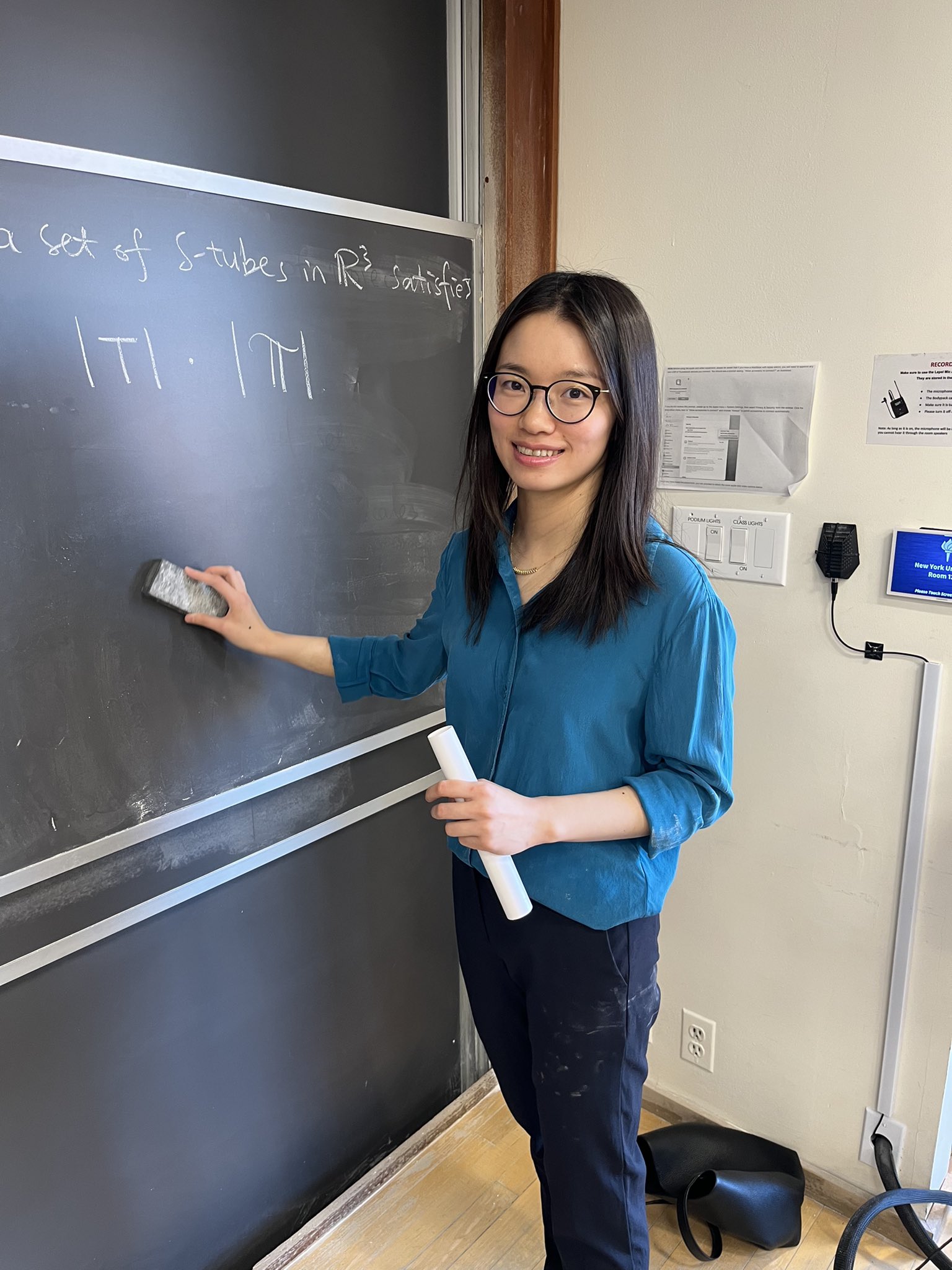Hong Wang Solves Kakeya Set Conjecture

Hong Wang, Associate Professor of Mathematics, has solved the infamous Kakeya set conjecture. First introduced by Sōichi Kakeya in 1917, it revolves around the question of the smallest possible area required to rotate an infinitely thin needle in every possible direction.
Professor Wang introduces a novel solution to the geometry problem in a new paper co-written with the University of British Columbia's Joshua Zahl: "Volume estimates for unions of convex sets, and the Kakeya set conjecture in three dimensions." This research has far-reaching implications, particularly in geometric measure theory and homogeneous dynamics.
“It stands as one of the top mathematical achievements of the 21st century,” says Eyal Lubetzky, Chair and Professor of Mathematics. “This is a wonderful piece of mathematics,” adds Courant Professor of Mathematics Guido De Philippis. “The latest work follows years of progress that has enhanced our understanding of a complicated geometry and brings it to a new level. I am expecting that their ideas will lead to a series of exciting breakthroughs in the coming years!”
Wang, who was previously an assistant professor at UCLA, holds a bachelor’s degree from Peking University, master’s degrees from Université Paris Sud and Ecole Polytechnique, and a doctorate from MIT. She joined the NYU faculty in 2023. Zahl holds a bachelor’s degree from the California Institute of Technology as well as master’s and doctoral degrees from UCLA. He has been on the UBC faculty since 2016.
